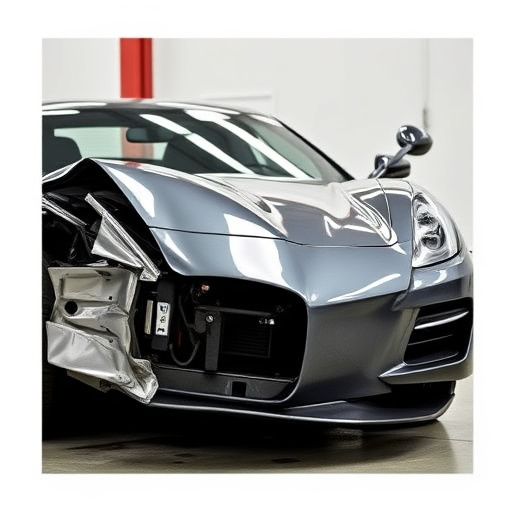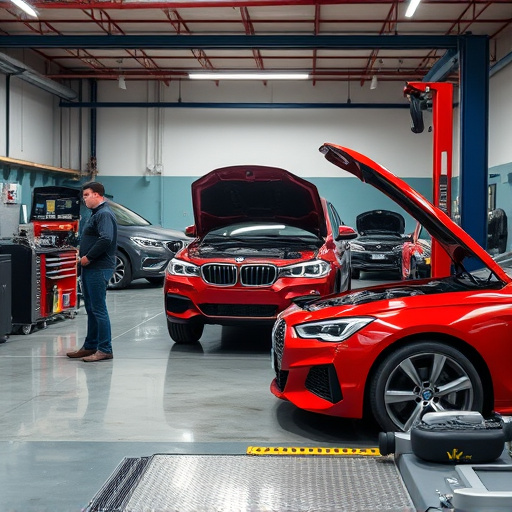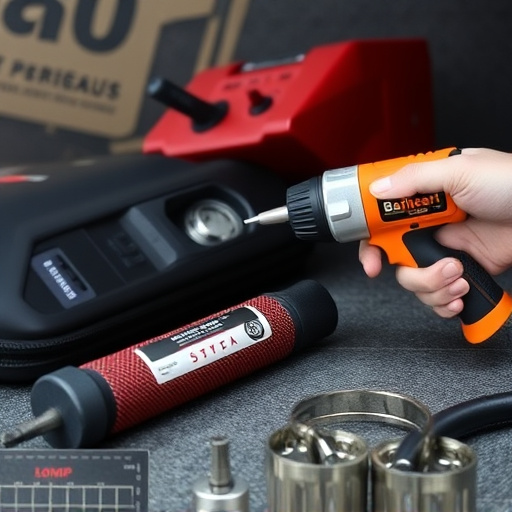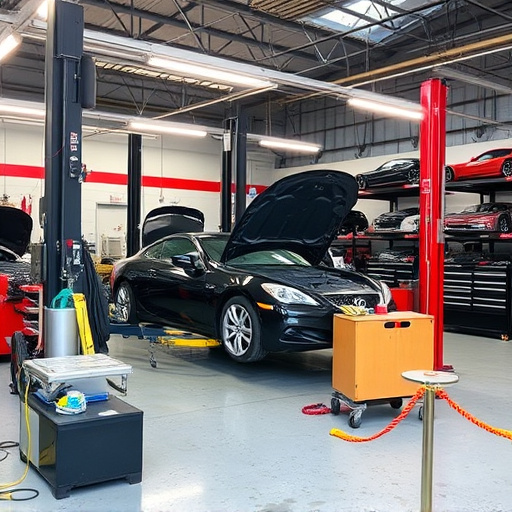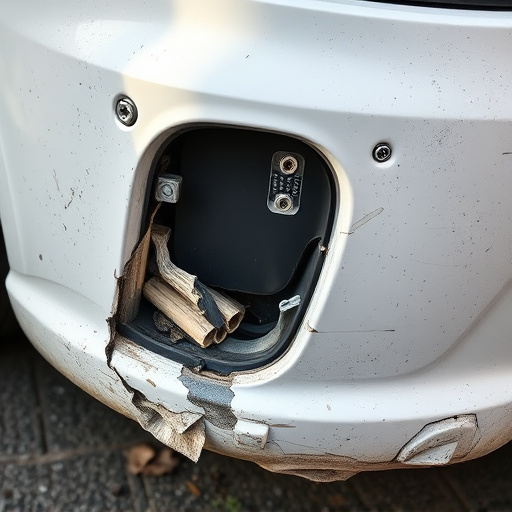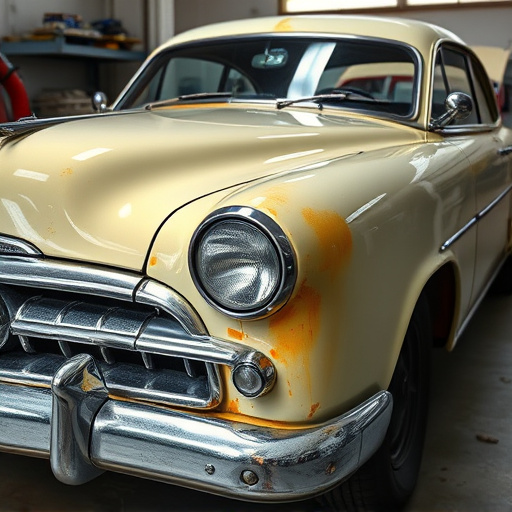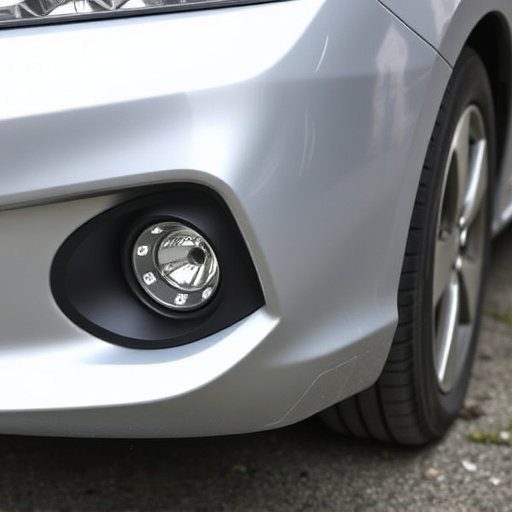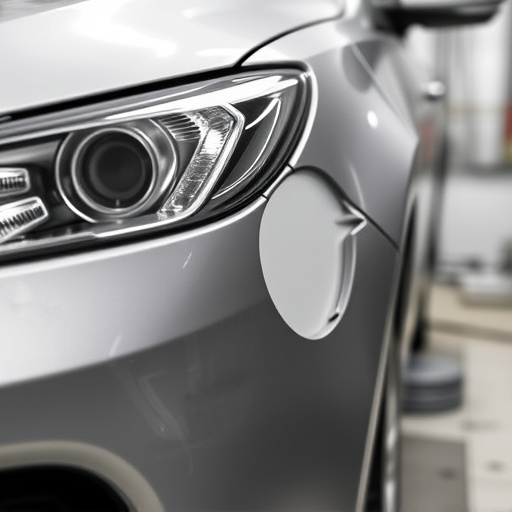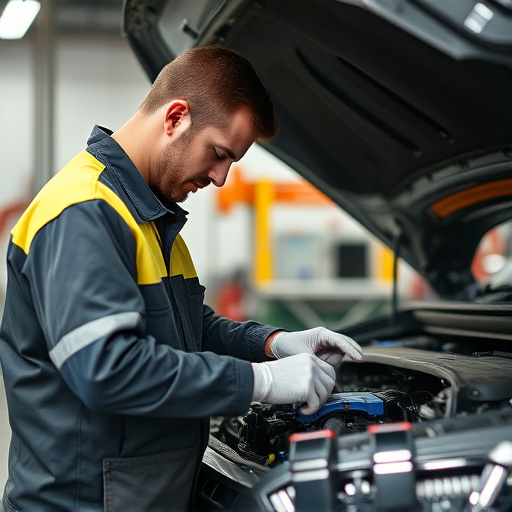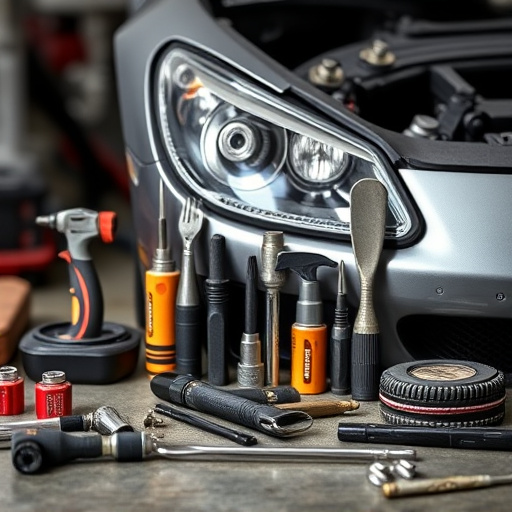Plastic bumper covers protect cars but are prone to scratches, cracks, and dents from everyday driving experiences. Regular washing, inspections, and prompt repairs with paintless dent repair or car paint services maintain their original condition and vehicle value. Repair kits for minor damage or professional auto body painting for severe cases restore aesthetics and functionality, balancing cost, time, structural integrity, and durability for an optimal vehicle exterior.
Protecting your vehicle’s plastic bumper cover is essential to maintaining its aesthetics and resale value. This guide explores comprehensive strategies to prevent and address damages, ensuring your bumper cover remains in top condition. We delve into understanding the material, identifying common issues like cracks, scratches, and discoloration, and offer practical maintenance tips for longevity. Additionally, discover effective repair methods, including DIY techniques and professional solutions, with insights on when to consider replacement for optimal results in plastic bumper cover repair.
- Understanding Plastic Bumper Covers and Common Damages
- Regular Maintenance and Care Tips for Longevity
- Effective Repair Methods and When to Consider Replacement
Understanding Plastic Bumper Covers and Common Damages

Plastic bumper covers, a common exterior feature on many modern vehicles, serve both aesthetic and protective purposes. They enhance a car’s appearance while safeguarding its front and rear ends from minor impacts and dings. However, these durable yet vulnerable components are susceptible to various damages, including scratches, cracks, and dents. Regular inspection is key to preventing future issues; visible wear and tear should be addressed promptly to maintain the vehicle’s overall value.
Common damages often result from everyday driving experiences, such as parking lot mishaps, road debris, or minor collisions. Over time, these incidents can compound, leading to more significant structural damage if left unaddressed. Fortunately, many types of plastic bumper cover damage can be repaired without replacing the entire cover, thanks to advanced techniques like paintless dent repair. Auto dent repair professionals use specialized tools and expertise to restore the bumper’s original condition, often with minimal disruption to the surrounding finish, making it an effective solution for both cosmetic and functional restoration. Car paint services are also crucial in repairing or replacing damaged sections of the bumper cover, ensuring your vehicle maintains its sleek and protective exterior.
Regular Maintenance and Care Tips for Longevity
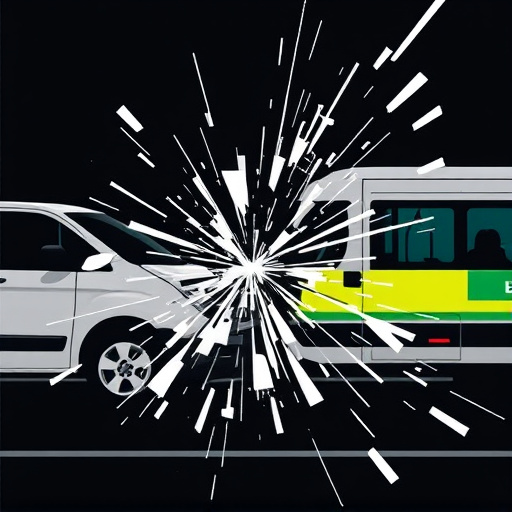
Regular maintenance is key to extending the lifespan of your plastic bumper cover and preventing future damage. Wash your vehicle regularly, focusing on the front and rear bumpers, using a soft cloth or sponge and a mild detergent. Avoid harsh chemicals or abrasive cleaners that can strip the protective coating. After washing, thoroughly dry the area to prevent water spots and potential rusting.
Additionally, inspect your bumper covers for any signs of cracks, chips, or scratches at regular intervals. Address these issues promptly using specialized plastic bumper cover repair kits available at most auto parts stores. Fill in small dents or dings with a suitable putty or composite material, then smooth and sand the surface before painting to match the original finish. Regular care and prompt repairs will ensure your plastic bumper covers remain in top condition, enhancing your vehicle’s appearance and protecting it from more severe damage during vehicle collision repair.
Effective Repair Methods and When to Consider Replacement

When it comes to repairing a damaged plastic bumper cover, there are several effective methods to consider before making the decision to replace it. One common and cost-efficient approach is using specialized repair kits designed for plastic auto parts. These kits often include adhesive and filler materials tailored to match the specific material of your bumper cover. By carefully following the instructions, you can fill in cracks, scratches, or small dents, restoring the bumper’s original appearance. For more extensive damage, such as deep cracks or severe dents, a professional auto body painting service might be required. Skilled technicians can use advanced techniques and tools to completely restore the bumper, ensuring it blends seamlessly with the rest of the vehicle’s exterior.
Determining when to opt for replacement over repair is crucial. If the damage extends beyond what can be adequately fixed with filler or paint, replacement might be the better option. Additionally, if the bumper cover has undergone multiple repairs, its structural integrity could be compromised. In such cases, a new bumper cover may offer superior durability and a more seamless fit. While auto body painting and car restoration services can work wonders, considering the cost and time involved, it’s essential to weigh these options against the benefits of a complete replacement, ensuring you make an informed decision tailored to your specific situation.
Proper care and regular maintenance are key to preventing future damage to plastic bumper covers. By understanding common issues and implementing simple upkeep routines, you can significantly extend their lifespan. If repairs become necessary, modern restoration techniques offer effective solutions, allowing you to restore your vehicle’s aesthetic appeal without replacing the entire cover. Remember, prompt action on minor damages can save you from costly replacements down the line, ensuring your plastic bumper covers remain in top condition for years to come, enhancing both vehicle value and appearance through strategic plastic bumper cover repair.
